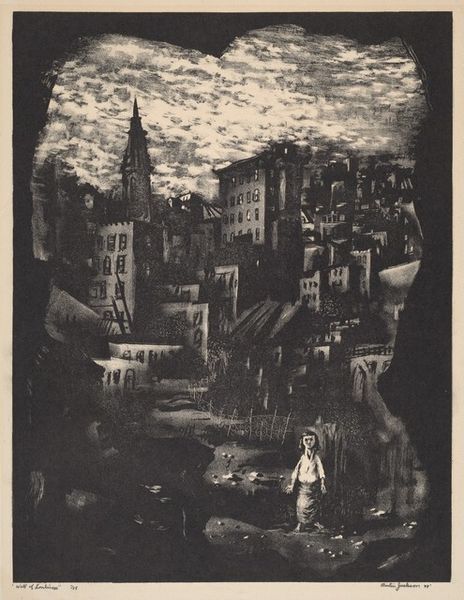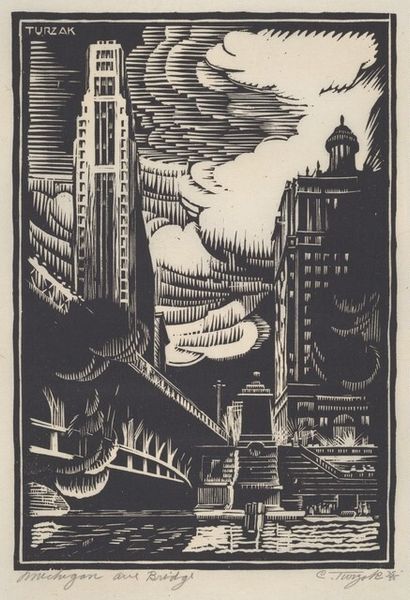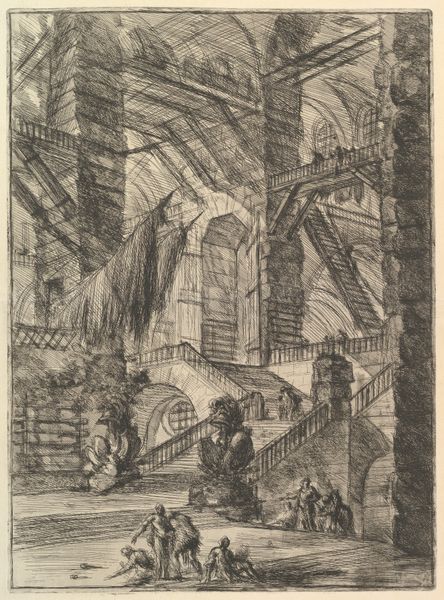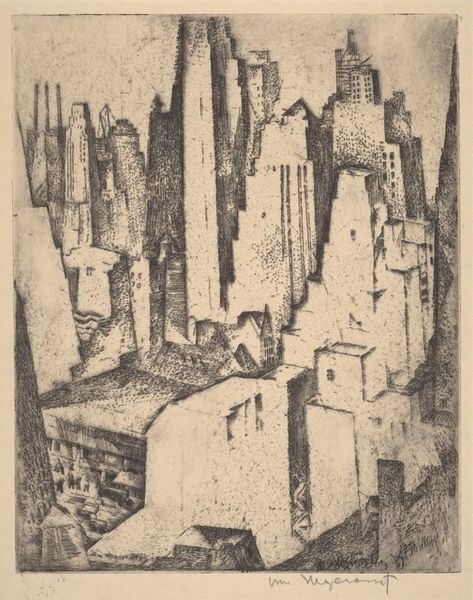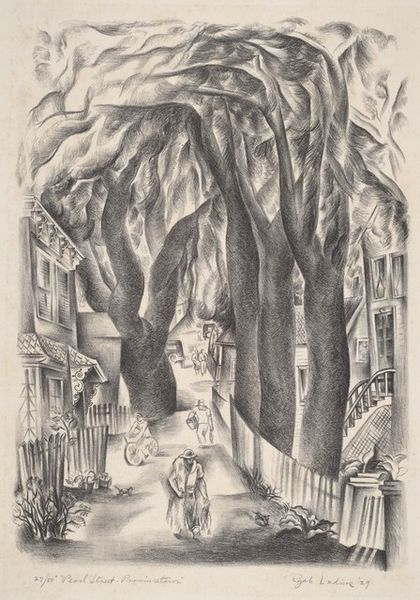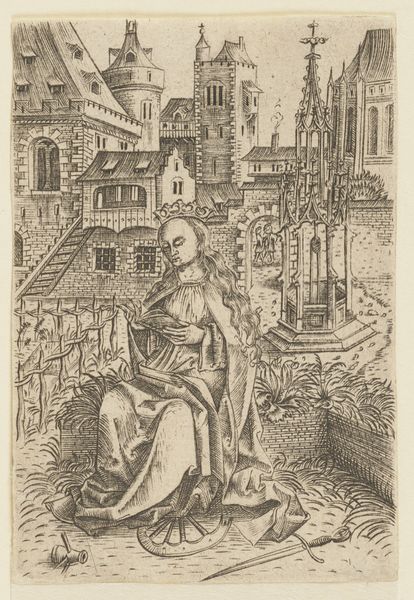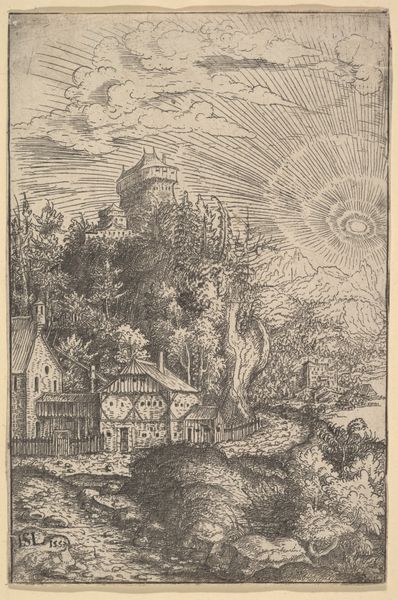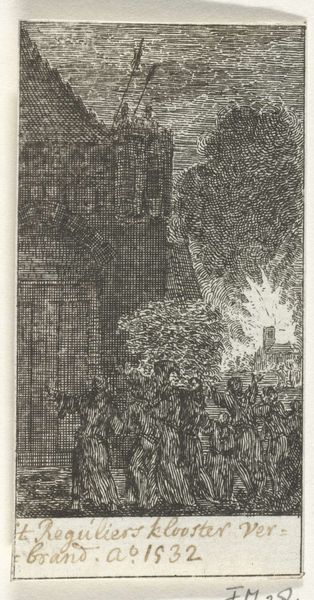
drawing, print, etching, ink
#
portrait
#
pencil drawn
#
drawing
# print
#
etching
#
pencil sketch
#
landscape
#
charcoal drawing
#
ink
#
pencil drawing
#
cityscape
#
realism
Dimensions: image: 249 x 176 mm sheet: 405 x 291 mm
Copyright: National Gallery of Art: CC0 1.0
Curator: This is William Sanger’s "Central Park," an etching, engraving, and print likely made between 1935 and 1943. Editor: It possesses a haunting, almost dreamlike quality, wouldn't you agree? The monochromatic palette creates a stark contrast. There's such textural density achieved with such economy of means. Curator: The engraving provides linear precision, yet contextualizing this piece within its time, consider the sociopolitical implications of depicting leisure amidst economic hardship. The work seems like a quiet commentary on social divisions during the Depression era. Editor: A possible interpretation, yes. However, look at how the light interacts with the buildings; their forms, seemingly monumental, dissolve into delicate, almost ethereal strokes. Semiotically, the urban architecture almost becomes its own language. Curator: And the figure in the foreground; its position as observer, on the border between urban and natural, acts as an exploration of gendered spaces within public life. Where does she fit into that social landscape? Editor: Again, interesting viewpoint. But it could also be regarded through purely compositional means. It allows a balanced division within the visual field—foreground, middle-ground, and the background—providing visual equilibrium and coherence. Curator: By understanding it within the WPA era, we may recognize a commentary about art and labor itself. This wasn't just art for art's sake; it was meant to serve and reflect the struggles of everyday individuals. Editor: Ultimately, the merit relies not only on how well this aligns to political perspectives, but also the aesthetic language developed throughout. The linear relationships, the play of light and shadow... these are crucial. Curator: Perhaps that tension is at the heart of the artwork: The formal mastery intertwined with a sense of place, purpose, and a challenge toward socioeconomic and class structure of 1930s New York. Editor: Indeed. And viewing the piece, even momentarily, enhances an aesthetic vocabulary within a given cultural frame.
Comments
No comments
Be the first to comment and join the conversation on the ultimate creative platform.
